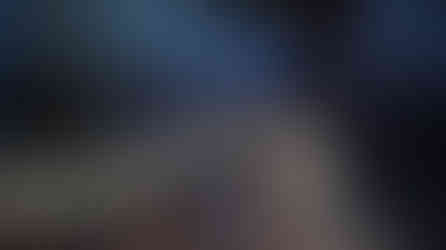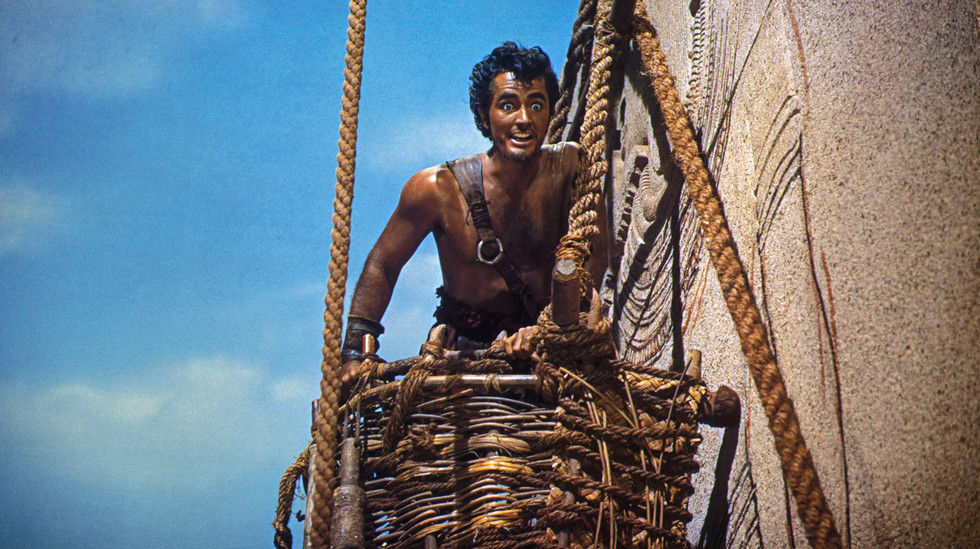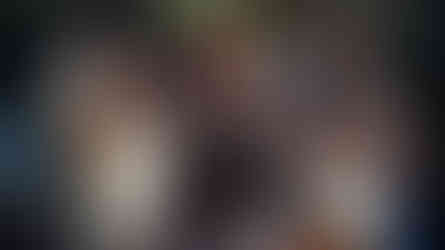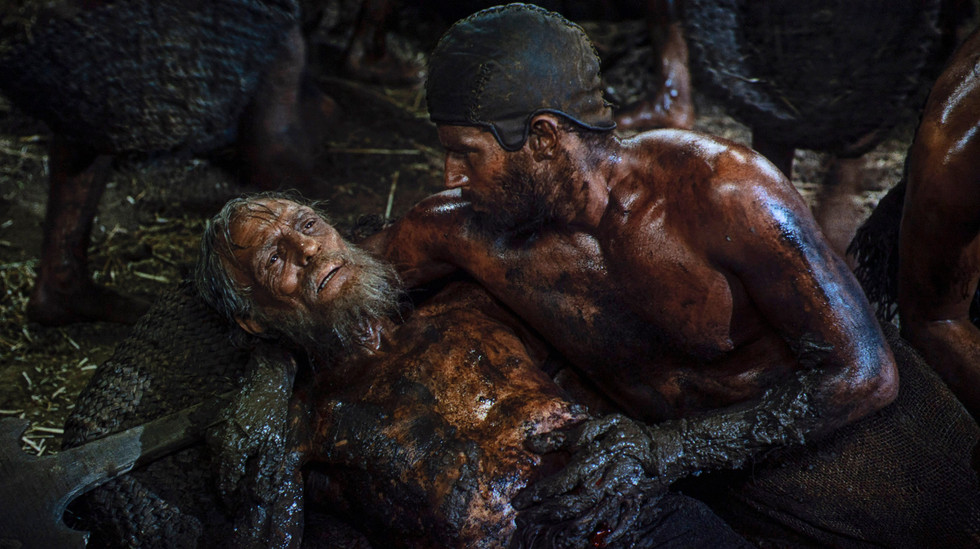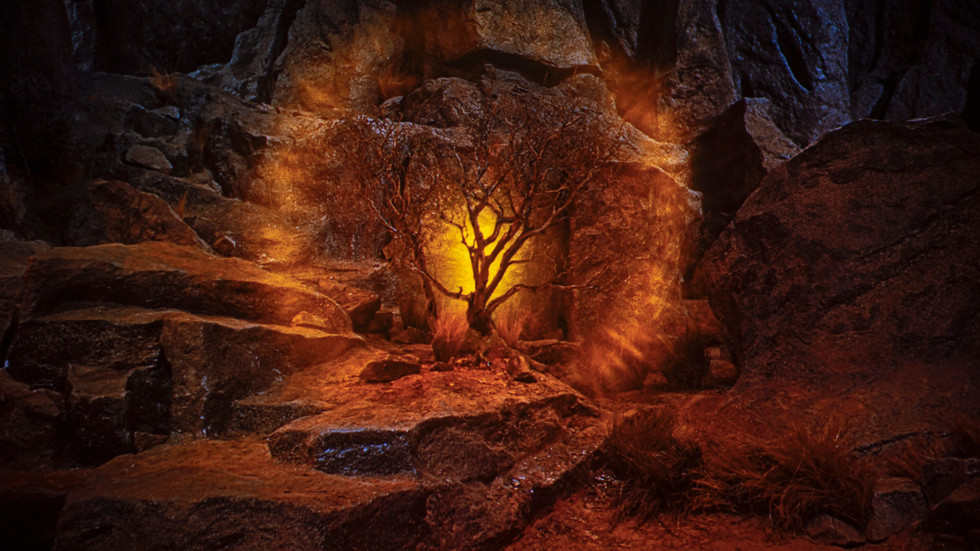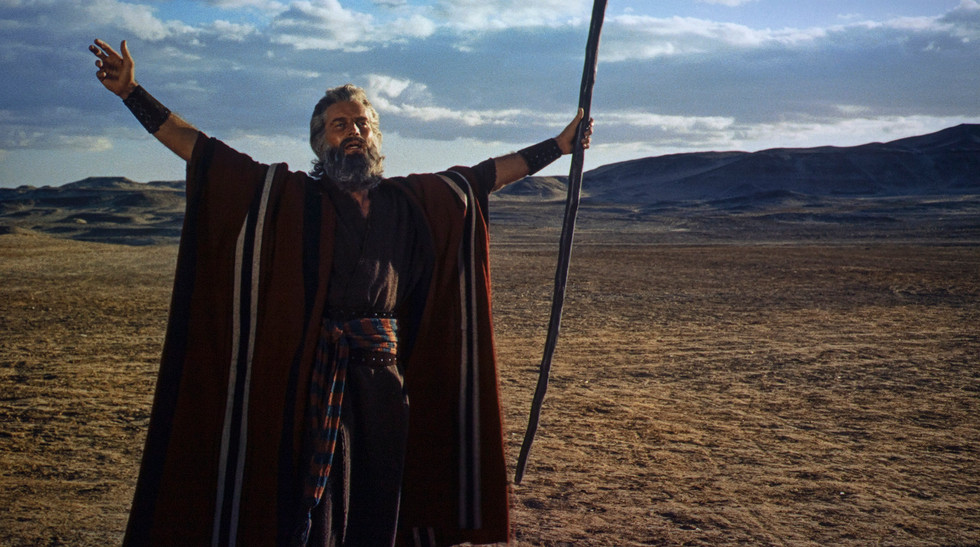For all of its epic pageantry, “The Ten Commandments” still has its shortcomings in 4K
- Bill Kelley III
- Apr 1, 2021
- 8 min read
Updated: Feb 20, 2023
4K ULTRA HD REVIEW / HDR FRAME SHOTS
Charlton Heston was 30 when he began the portrayal of Moses - Prince of Egypt for producer/director Cecil B. DeMille. “Then Moses stretched out his hand over the sea, and all that night the Lord drove the sea back with a strong east wind and turned it into dry land. The waters were divided, and the Israelites went through the sea on dry ground, with a wall of water on their right and their left.” Exodus 14:21-22
(Click an image to scroll the larger versions)
“THE TEN COMMANDMENTS: 65th ANNIVERSARY EDITION”
4K Ultra HD, Blu-ray, Digital copy; 1956, G for everyone; Streaming via Amazon Prime/Video, Apple TV (4K), Vudu (4K), YouTube
Best extra: The 73-minute “Making Miracles” documentary (digital only)
FOR DECADES, this larger-than-life, Biblical epic has dominated television ratings whenever it aired during Passover and Easter.
In fact, the ratings skyrocket when Moses confronts Rameses II and the action gets kicking. The plagues and parting of the Red Sea during the second half draw viewers as the story unfolds, says author Katherine Orrison, a film historian who wrote a biography of director Cecil B. DeMille. “No other movie on network television ever got those types of numbers.”
This year’s annual airing of “The Ten Commandments” is Saturday night on ABC.
But now you can experience “The Ten Commandments” and all of its pageantry in 4K Ultra HD – without those annoying commercial interruptions and without flipping the Road Show version between two discs. The new 65th Anniversary Edition from Paramount Pictures Home Entertainment also includes the top-notch Blu-ray version (two-discs) from 2011. Both formats include an introduction by DeMille, an intermission, an overture/exit music card, an entr’acte card and a commentary from Orrison.
(1) Cecil B. DeMille introduces “The Ten Commandments.” (2) The epic film premiered on November 8, 1956, at the Criterion Theater in New York City. “Commandments” would go on to become the highest-grossing film of 1957. (3) Martha Scott plays Yochabel the Hebrew mother of Moses, who set her son adrift in an ark made of bulrushes. (4) Nina Foch plays Bithiah, the daughter of Pharaoh, who finds the infant Moses.
That said, this 4K set is far from perfect. The wonderful “Making Miracles“ documentary featured in the 2011 six-disc set (three DVDs and three Blu-rays), which highlights the 1950s production and DeMille’s 1923 silent version, aren’t included on the physical disc set. Paramount does include the bonus features with its digital code copy on iTunes and Apple TV, but without subtitles for the documentary.
DeMille’s original version is presented in standard-definition, with another Orrison commentary. The real surprise is the 20-plus minutes of footage, in HD, from the Exodus scene. The sequence was discovered in DeMille’s private film collection, and it’s only viewable separately from the movie. It shows the parting of the Red Sea, filmed with thousands of extras on a California beach, and is magnificent in its own right. It also clearly shows how his thinking evolved for the 1956 movie.
The silent version is told in two parts and begins in ancient Egypt with Moses, already a man, having delivered nine of the 10 plagues. It concludes in modern-day San Francisco, where two brothers face their moral struggles. Many of the 1956 scenes and angles mimic DeMille's original film.
(1&2) The Prince of Egypt returns after making Ethiopia "an ally to guard the southern gates." He introduces the King of Ethiopia played by Woodrow Strode and the king's sister Princess Tharbis played by UCLA student Esther Brown. (3) John Derek plays Joshua, the son of Nun, and was full of the spirit of wisdom. (4) Moses rescues an elderly woman whose garment got stuck under a massive stone.
VIDEO
Here’s the hard part to swallow: The 4K presentation is a disappointment, especially since expectations were so high. The HDR10 and Dolby Vision grading deliver exceptional color fidelity, but the overall clarity is lacking compared to other Hollywood classics that have been presented in 4K Ultra HD.
In 2010, Paramount held nothing back for its 55th-anniversary restoration, scanning the large-format eight-perforation VistaVision camera negative in 6K. A decade ago that sounded impressive and the Blu-ray was superb. But when Warner Bros. scanned “The Wizard of Oz” for its 4K presentation, they scanned the three-strip Technicolor negatives in 8K.
If you compare Universal Studios’ recent 4K release of Hitchcock’s masterpiece “Vertigo” (1958), also filmed in VistaVision, to “The Ten Commandments,” it blows it out of the water. “Vertigo’s” sharpness and clarity have so much more detail with facial markings, costume texture and distant objects and plenty of natural film grain. The same with Sony Pictures 4K presentation of the Oscar-winning “The Bridge on the River Kwai” (1957).
Paramount says that it spent well over 150 hours producing the new HDR10 and Dolby Vision color grading, cleaning up the original 2010 6K files (formatted 1.78:1 aspect, originally 1.85:1) and smoothing out the special effect’s matte. Overall, the 4K is slightly darker and the midtones and highlights are more controlled. Plus, the color palette is less garish and natural with facial toning.
But when it comes to resolution and clarity, I found the 4K to be in a dead heat with the 1080p Blu-ray. The first scene after the intermission features a warm landscape view of the pyramids. The Blu-ray extracts more detail in the sky and clouds as the film grain dances in view. The 4K, not so much.
(1) More than 2,000 slaves are on the ropes as the large obelisk is prepared for installation. (2&3) From an observation site, Moses orchestrates the stone maneuver at Treasure City, as Pharaoh Sethi I played by Sir Cedric Hardwicke and Rameses II played by Yul Brynner watch the action. (4) Slaves gather wheat from a cargo ship on the Nile River.
Whoever handled this 4K restoration seems to be frightened of natural film grain. For the first 360 minutes, the film grain is less noticeable on the 4K. But, when the Israelites start their exodus - with a cast of thousands - the film grain magically returns to normal levels, and the definition increases. In general, HDR grading will extract more grain, and Sony is clearly in the full-grain camp. While Paramount seemingly dials it back, and they are not alone: Producer/director Peter Jackson reduced the grain on the recent 4K release of “The Lord of the Rings: Trilogy.”
Last year, Paramount also toned the film grain down with its 4K restoration of Hitchcock’s “To Catch a Thief” (1955), which was also filmed in VistaVision, a 1950s high-fidelity format and, with its larger negative, a forerunner of IMAX films. The holiday classic “White Christmas” (1954) was the first film to feature the format – 35mm film is run horizontally through a camera (standard 35mm runs vertically), providing a much larger negative. “One Eyed Jacks” (1961) was the last motion picture to use VistaVision.
The parting of the Red Sea and other Oscar-winning special effects sequences use multi-film composites. They’re soft and stick out like a sore thumb compared to today’s digital effects.
(1) Nefretiri played by Anne Baxter first loved Moses and she tells him that he was not born Prince of Egypt, but the son of Hebrew slaves. (2) Moses joins the Hebrew slaves in the brick pits and attends to an elderly man who had been hit by an Egyptian spear. (3) Moses kills Baka, the Master Builder, played by Vincent Price. (4) Moses is bound in chains after the murder of Baka. (5) Rameses II asks Dathan played by Edward G. Robinson to find the Hebrew deliverer.
AUDIO
Paramount carried over the six-channel DTS-HD soundtrack, which gives Elmer Bernstein’s stirring score plenty of emotional pop, particularly during the overture/exit music.
EXTRAS
DeMille’s 1956 all-star cast features Edward G. Robinson (Dathan), John Derek (Joshua), Anne Baxter (Nefretiri), Yul Brynner (Rameses II), Yvonne De Carlo (Sephora), Debra Paget (Lilia) and, of course, the singular Charlton Heston as Moses. After seeing the resemblance between him and the famed Michelangelo statue of Moses, “DeMille couldn’t get me out of his mind” as the Israelite leader, Heston says in “Making Miracles.”
The documentary chronicles how much Paramount treasured DeMille’s final film and how much it cost him. He had won the Best Picture Oscar three years earlier for “The Greatest Show on Earth,” also starring Heston. He spent $13 million of his own money on “Commandments” and nearly died from a heart attack while filming in Egypt. His wife, Constance, took over the director’s chair for three days. But the 73-year-old producer/director/ showman demanded to go back on set, all the while keeping his near-death experience from studio executives who might have shut down production.
(1&2) Rameses II exiles Moses from Egypt and he heads east into the desert. (3&4) Jethro Priest of Midian had seven daughters and they discover Moses asleep. (5) Moses has a meal with Jethro.
Some of the movie’s most powerful sequences were filmed on location, including on Mount Sinai, where Moses led the Israelites out of bondage. Heston convinced DeMille that he could use his own voice for God during the “Burning Bush” scene, but his voice was masked by the special effects crew. Another actor’s voice was used as the Ten Commandments were written on the tablets.
The documentary offers plenty of great trivia. Heston’s infant son, Fraser, played baby Moses – DeMille delayed the vital scene until the child's birth. On the day of filming, Dad wore a bathing suit to the studio and planted himself nearby when baby Moses was released into the Nile River in a basket. After a few hours of filming, Heston noticed the basket was riding lower and found Fraser in several inches of water.
The 4K set also includes newsreel footage from the premiere, with the stars appearing in all their glamour on New York City streets, and a number of trailers.
Whether or not you’re a person of faith, “The Ten Commandments” has its place in Hollywood history. The American Film Institute has it at No. 79 on its list of the most inspiring movies and the character Moses (Heston) at No. 43 among the greatest heroes in movie history.
The only regret is the less-than-impressive 4K film grain. The beauty, after all, is in the details.
— Bill Kelley III, High-Def Watch producer
(1&2) Moses is drawn toward the mountain as Joshua and Sephora played by Yvonne De Carlo, the eldest daughter of Jethro, and Moses' wife. (3&4) The burning bush, as God called upon him and said. “Moses, Moses...Do not come any closer. Take off your sandals, for the place where you are standing is holy ground.” Exodus 3:4-6
(1&2) Pharaoh Rameses II reacts as Moses says, “Thus saith the Lord God of Israel, "Let my people go!” Rameses II says, “The slaves are mine. Their lives are mine. All that they own is mine.” (3) Moses’ staff turns the water into blood. “That you may know the power of the Lord, for seven days, Egypt will thirst,” says Moses. (4) Moses presides over the first Passover as the plague of death strikes down all the firstborn in the land of Egypt.
(1) The dawn of freedom as the Shofar sounds the beginning of the exodus. (2) “Hear, O Israel! Remember this day when the strong hand of the Lord leads you out of bondage,” says Moses. (3) Tens of thousands of extras were recruited for the exodus sequence filmed in Egypt. (4) The Oscar-winning special effects showing the tablets of stone inscribed by the finger of God. (5) God tells Moses, “Go down, because your people, whom you brought of Egypt, have become corrupt.” - Exodus 32: 7 (6) Moses says, “God has set before you this day his laws of life and good and death and evil. Those who will not live by the law shall die by the law!” (7) Israelites are near the Jordan River and Moses says, “Go proclaim liberty throughout all the lands, unto all the inhabitants thereof!”


